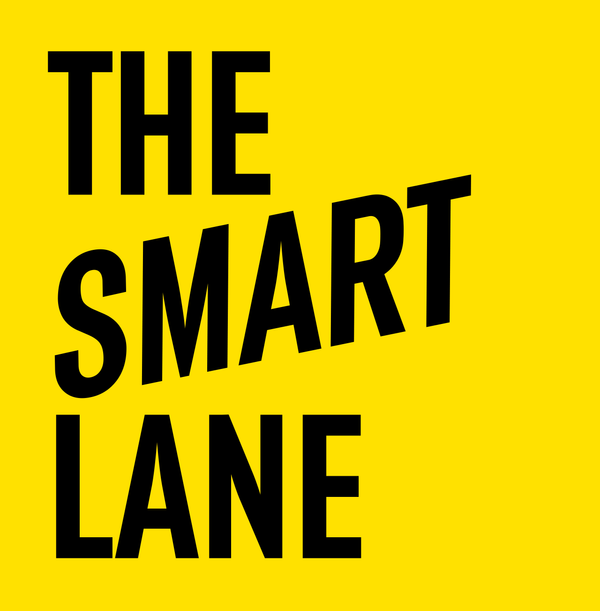How To Build a Successful Product In Six Steps
You’ve got an app idea? Let’s get started.

1. Discover Everything And Research What You Need To Know
To start, it’s crucial to understand what everyone involved wants. This includes input from clients, marketing, sales, engineering, and production teams. Equally important is understanding what the end users want. Dive into their world — get to know their habits, needs, and what makes them happy. For instance, if you’re working on a banking app for consumers, understanding their daily banking needs and feature preferences will guide your development.
This research phase is about gathering insights. The next stage is going to be about making sense of these insights. By understanding how people think and what they need and wish for, you ensure that your product will align with user expectations and market demands. It sets a solid foundation for a product that people will actually enjoy using.
2. Learn And Clarify Your Insights
After collecting all that information, it’s time to analyse and evaluate your results. You want to understand the environment your users live in, their routines, and what they are accustomed to. For a mobile banking app, you might discover that users use their phone more than their home computer, and they value quick access to their balance and easy money transfers.
What you learned about user context in your research is a foundation for creating user personas, typical representations of your key user groups based on collected data. These personas help in mapping out how different people will interact with your product. The job of this process is to enable you to identify the key features that will be most beneficial and design them to fit naturally into users’ lives.
3. Generate Ideas For The Product And Explore Alternative Ways
With a clear understanding of user needs, the next step is to brainstorm a variety of ideas for the product. Think of different ways to address user requirements and test the strength of each idea.
This should be a collaborative process, involving input from different team members to explore various perspectives. By considering alternative approaches, you can innovate and develop features that stand out. This creative exploration is really important for shaping a product that is not only functional but also delightful to use.
4. Prototype And Test Your Concept, But Not Just Once
Prototyping is a critical step in turning ideas into tangible concepts. Start with sketches, wireframes, and simple prototypes to visualise early feature ideas and user flows. These initial models allow for early testing and feedback, which is crucial for refining the product. The results of this process let you create user stories, which will be the prompts for engineering and production teams.
Prototyping should be an iterative process with continuous user testing. Instead of one big handover, have regular, smaller meetings to collect everything that’s needed to engineer a feature, from design system elements to clickable prototypes and user stories.
Maintain momentum and keep the backlog of user stories well-organised. Regularly evaluate the time and effort required to implement each feature to ensure the production team can efficiently bring the product to life.
5. Agile Engineering And Production
Agile methodologies are essential in the engineering and production phases. A feature architect will create a detailed architecture for the app. Agile development then allows for continuous integration, testing, and refinement, which are vital for maintaining a steady output while keeping a high level of quality.
In an agile setup, the product is developed incrementally, with frequent iterations and feedback loops. This approach ensures that the product promise can be validated, feature by feature, using real user feedback in alpha or beta stages, so you’re always sure your product is meeting user expectations. Agile engineering promotes collaboration, transparency, and efficiency, leading to a robust and user-friendly product.
6. Release And Continuous User Testing
Releasing a product is just the beginning. After launch, focus on monitoring user reception, adoption rates, and ongoing usage patterns. Gather feedback on usability issues and missing features, and continuously refine the product based on what you learn.
This stage is about nurturing the product through regular updates and enhancements. By listening to user feedback and observing how the product performs in real-world settings, you can make informed decisions about future developments. Continuous improvement ensures that the product remains relevant, functional, and enjoyable, ultimately leading to a relationship between your customers and your product.
Concluding Thoughts
The post-launch phase is often overlooked but is crucial for long-term success. Ongoing development and enhancement are essential to ensure that the product is fully adopted and appreciated by its users.
The goal is to create a product that people choose to use because they genuinely enjoy its functionality and performance. By prioritising continuous improvement and user feedback, you can build a product that not only meets but also exceeds user expectations, over time strengthening trust, customer satisfaction and loyalty.
Note: This article was also published on LinkedIn




